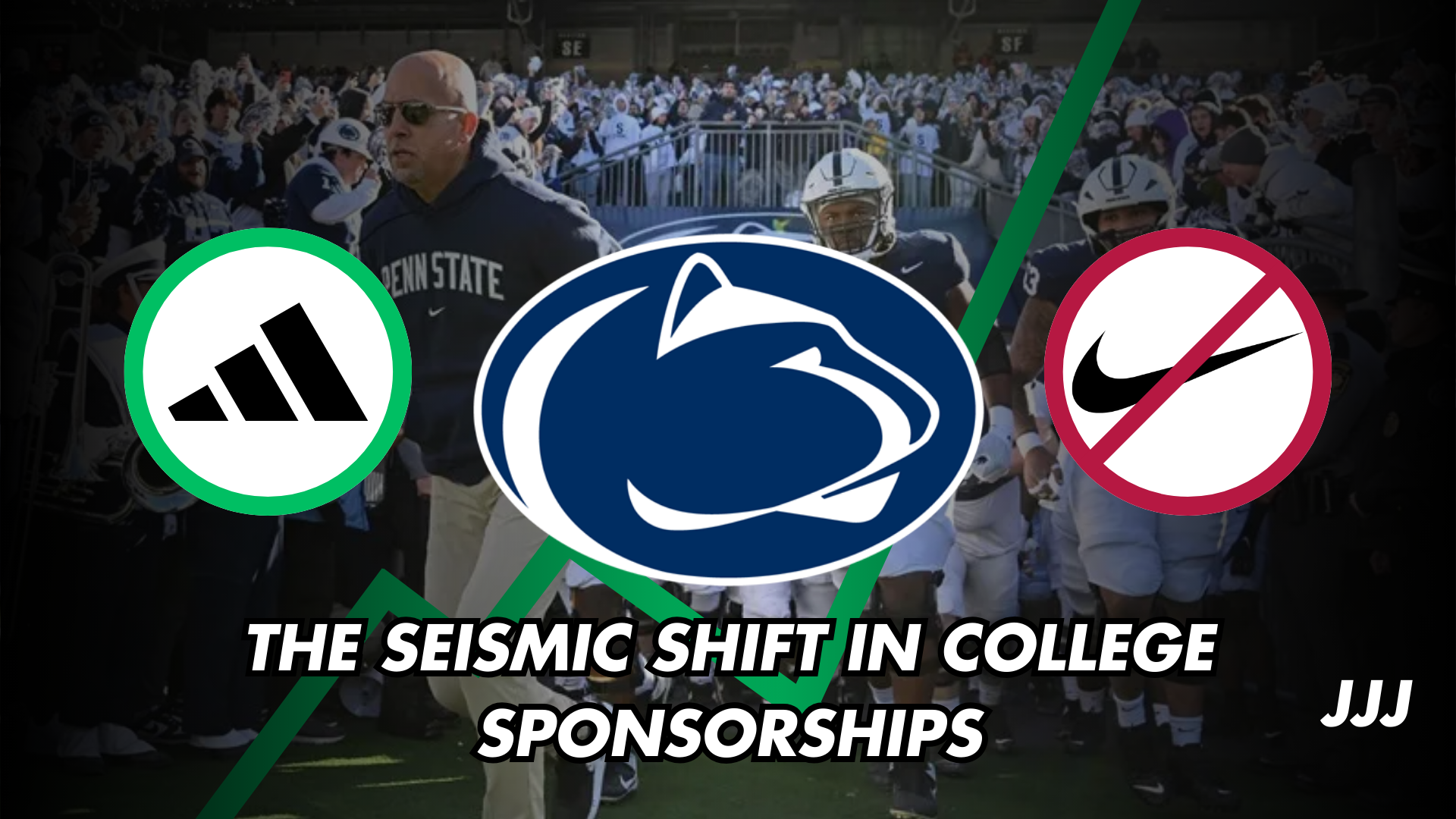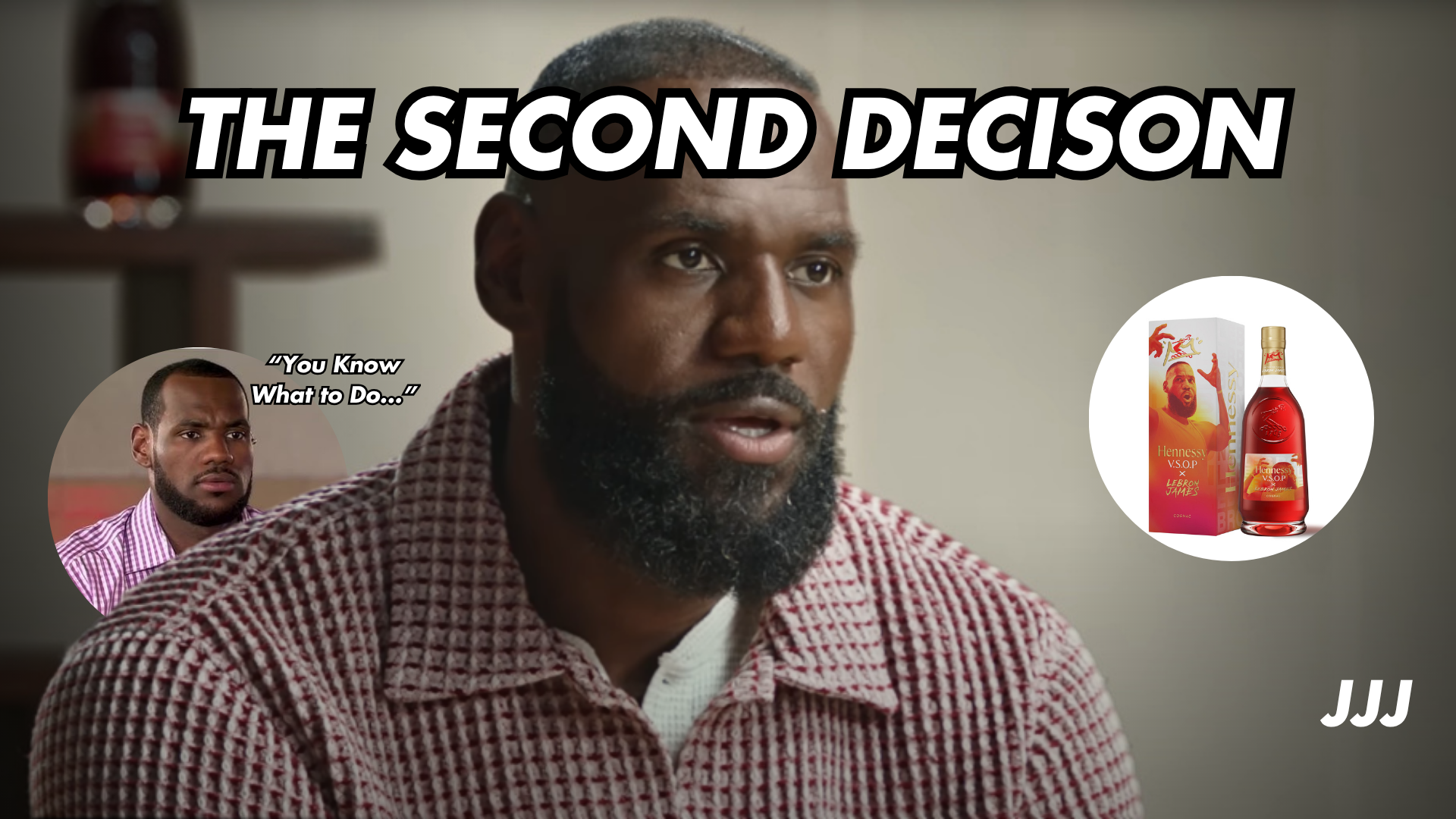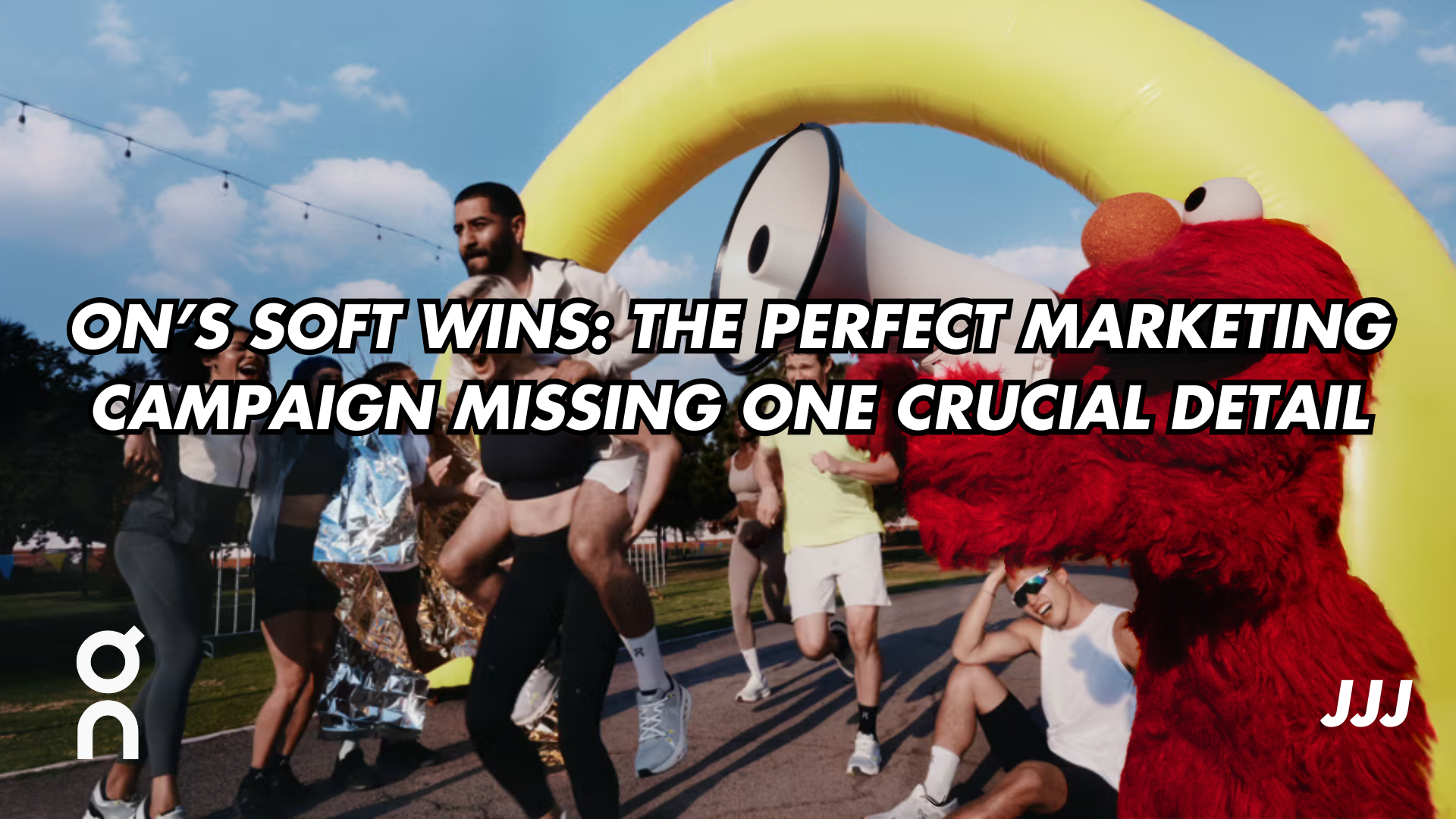The World’s Fair of Sneaker Culture: How Kith and ASICS Turned a Store Opening Into a Global Marketing Statement

When Kith and Asics partner, it’s never just another sneaker drop. It’s a continuation of a legacy that’s built over a decade — a cultural thread connecting craftsmanship, nostalgia, and place.
In 2025, that thread found its next home in Chicago. A city already cemented in sneaker history. The birthplace of Air Jordans, the home of Virgil Abloh’s design lineage, and a hub where streetwear isn’t just fashion — it’s identity.So when Ronnie Fieg announced Kith’s next Asics collaboration would land there, the question wasn’t whether it would make noise. It was how it would add something new to a city that’s already seen it all.
The “World’s Fair” concept offered the answer. A story about innovation and nostalgia, local pride and global perspective. Chicago wasn’t a challenge to overcome. It was a stage to live up to.
Matching the Expectation For Greatness
Kith and Asics have built one of the most reliable partnerships in modern sneaker culture. From the early Gel-Lyte III projects to anniversary collections, their formula has always balanced storytelling with restraint — colorways and details that speak quietly but hit deeply.

But Chicago introduced a different kind of pressure. This wasn’t a new market or a redemption story. It was an audience that already understood sneaker culture better than most. Every material, every stitch, every decision would be judged by people who’ve seen the world’s best.
The “World’s Fair” theme drew inspiration from the 1893 Chicago World’s Columbian Exposition — an event that celebrated progress and modernity, where the city became a symbol of innovation and vision. Kith and Asics weren’t just releasing a shoe here; they were contributing to a lineage of creative storytelling deeply tied to place. The real task wasn’t about proving credibility. It was about honoring legacy while creating something distinctly new.
Designing Through Time: Reviving Chicago's "World's Fair"
At its core, the “World’s Fair” pack explored how nostalgia and modern design can coexist. Ronnie Fieg built the collection around Asics’ Gel-Lyte III, reimagined through materials and tones that spoke to both the fair’s history and Chicago’s identity.
One pair used hues of cream, blue, and metallic silver — a nod to the architectural ambition of the city and the reflective glow of the fair’s famous “White City.” Another drew from Chicago’s lakefront skyline, the energy of movement, and the understated elegance that defines both brands.

The storytelling extended beyond sneakers. Every visual, campaign shot, and release detail mirrored the spirit of discovery. The Kith team didn’t just want to drop a product; they wanted to recreate that feeling of walking into something visionary — something bigger than fashion.
How Kith and Asics Pivoted Their Launch Into an Experience
The campaign launched with precision.
Instead of chasing hype with quick releases or celebrity co-signs, Kith relied on experience, scarcity, and location to do the talking.
The “World’s Fair” concept was teased weeks before release through Kith’s editorial content and a limited reveal on social. The brand’s visuals leaned into a minimalist tone — elegant photography that blended archival references with modern architecture.
Then came the centerpiece: the Kith Chicago flagship. The store became a physical extension of the theme. Interior elements reflected the metallic, fair-inspired palette, while local imagery grounded it in the city’s culture. For those who attended the in-person launch, it felt less like a retail moment and more like a curated exhibition.
Asics’ involvement complemented the energy perfectly. Their presence wasn’t overbearing — it was refined, reflecting the collaborative balance that has defined their partnership since day one.
Cultural Positioning: Kith's Competitive Edge
What made this release resonate wasn’t just the product or the campaign, but how it positioned both brands within culture.
Kith, at this point, doesn’t need to prove its influence. But what Fieg continues to master is context. He understands that storytelling isn’t just about aesthetics; it’s about alignment — placing a product within a moment that feels inevitable. Chicago represented that moment. It wasn’t just another dot on a map for retail expansion. It was a cultural statement — a declaration that the Midwest deserves the same level of creative reverence as New York or Los Angeles.
For Asics, the collaboration reinforced something equally powerful: timeless relevance. While many heritage footwear brands struggle to maintain cultural traction, Asics has quietly done so through partnerships that prioritize authenticity over trend. Their work with Kith proves that heritage and innovation aren’t opposites — they’re two sides of the same coin.
Impact
The “World’s Fair” campaign gained attention from millions worldwide and sold out instantly, but success wasn’t measured by speed or resale numbers. It was measured by how it integrated into the city’s cultural fabric.Locals, such as myself, saw themselves in it. Sneaker enthusiasts appreciated the campaign. Media outlets like Hypebeast, Complex, and Highsnobiety praised the collection for its storytelling depth rather than surface-level hype.

More importantly, it reaffirmed Chicago as a frontrunner for experiential retail. In a market dominated by drops and algorithms, Kith reminded everyone that physical experience still matters. When done right, it can feel like an event — a communal, almost nostalgic ritual that connects people to something bigger than themselves.
Key Marketing Takeaways
The Kith x Asics “World’s Fair” project shows what happens when two brands operate from cultural understanding rather than commercial urgency. There’s a sense of patience, care, and purpose baked into every detail.
A few takeaways stand out:
-
Cultural alignment beats market expansion: Kith didn’t enter Chicago just to grow market share. They entered to add to the city’s story — to become part of it.
-
Subtlety can be a brand's super power: In an era where every brand is shouting for attention, the quiet confidence of Kith’s rollout stood out more than any loud campaign could.
-
Partnerships work when both brands know their roles: Asics provided heritage and craftsmanship. Kith brought vision and cultural storytelling. Neither overstepped; both elevated the other.
-
Place still matters: Physical presence creates emotional resonance. By connecting the “World’s Fair” theme to a real location with deep historical context, the story became impossible to replicate online.
Conclusion
The “World’s Fair” collaboration wasn’t about rewriting sneaker culture. It was about refining it — showing that luxury, authenticity, and place can coexist without noise or overstatement.Ronnie Fieg continues to operate in rare air. His approach to storytelling has evolved from product-first to experience-first. Each collaboration now feels like a cultural essay — written through design, space, and emotion.
And Asics? They’ve proven once again that longevity in this industry doesn’t come from chasing trends, but from choosing the right partners who understand your DNA.Together, they didn’t just honor Chicago. They expanded what sneaker storytelling can be when executed with clarity, reverence, and intent.
About the Author
Nick Jelderks is the Founder and Digital Marketing Director for Triple JJJ. The brand operates as two planes, both a personal portfolio and media company that covers the marketing of sports. With more than 500,000 impressions across more than 40 marketing case studies, Triple JJJ is a premier sports marketing brand that empowers digital marketers, entrepreneurs, and other business professionals with industry-leading research and content.
Learn more by following my LinkedIn.



